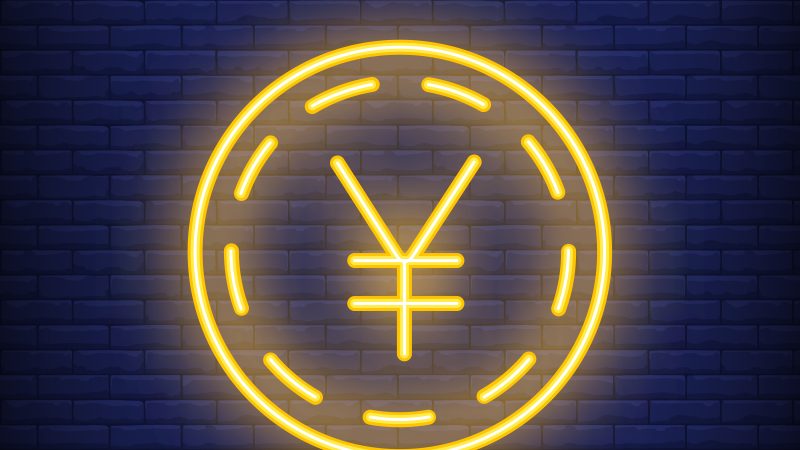Bitcoin Blockchain vs. Ethereum Blockchain – Distinctions

Undoubtedly, both Bitcoin and Ethereum are the best-reputed currencies of the crypto world, and they have played a significant role in the development of this sector. The boost of cryptocurrencies nowadays competes with the dot-com bubble of the 90s. Cryptocurrencies have immense trading volume, and their market cap is also high, so they compete with some of the largest organizations in the world.
Bitcoin possibly is the Gold 2.0 because of its scarcity and durability like this metal. But its storage and division are convenient. On the other hand, Ethereum seems to be the Decentralized Computer for the world because the Ethereum Network is used to operate Decentralized Apps that are self-sufficient.
Bitcoins and Ethereum simultaneously rule the crypto world. Both these currencies have massive market shares, and individuals often make them rivals in the market. However, BTC & ETH are developed for working on various tasks and accomplishment of specific goals, yet they are incomplete without each other.
There exist numerous differences in both these cryptocurrencies. Bitcoins are utilized as a store of value, and Ethers for running DApps established on the Blockchain. Bitcoin might be a haven, while Ether might be used to interact with Decentralized Finance. To distinguish these currencies, it is necessary to go a little deeper into the blockchain, which is their basic technology.
Understand The Blockchain Technology
The building of both Bitcoin and Ethereum is standing on the pillars of blockchain technology. Blocks are used to store the data, and they are interlinked with the ever-lasting chains. Every block keeps the data transmitted for a certain period. A block modifies over time, and an existing block is replaced by a new block. Each block relies on the existing block for its addition to the chain. That is why it is known as Blockchain.
In short, Blockchain is an enormous virtual ledger that is publically assessable. Blockchain technology consists of a computer network that enlists the transactions and authenticates them globally.
What Is A Bitcoin Blockchain?
It was developed in 2009 as a Peer-To-Peer virtual cash transaction mechanism. It eliminated all the trusted third parties (banks), and there was no central authority to validate the transactions. It was the opposite of conventional trading. This function of Bitcoin caused Blockchain to be a decentralized system, that is how Blockchain Technology evolved.
A block usually takes around 10 minutes for development and authentication on the Bitcoin Blockchain. And when any miner adds a new block, he gets Bitcoins as compensation.
When the mining process completes a tenure of 4 years, and around 210,000 blocks are added to the network, the rewards of the miners split into two. The number of Bitcoins released into the network is inversely proportional to the value of each Bitcoin. If you are willing to understand the trading mechanism of Bitcoin then you can go to the official site.
What Is An Ethereum Blockchain?
Ethereum Blockchain appeared in 2015, and it transcends transaction documents. It brought the mechanism of Smart Contracts. These contracts are self-regulatory and automatically start functioning in specific circumstances, like, as any expiry date or a certain price initiates them. These activities are performed on DApps, which run on an Ethereum Network. Each decentralized Ethereum API executes differently. That is why Ethereum requires its mother currency (Ethers) for making transactions. It removes the requirement of manually putting inputs and transforms itself, thus creating the concept of a Smart Contract.
Each block of transactional information consumes only 10-15 seconds for creation and validation on the Ethereum Blockchain, which makes it quicker than the Bitcoin Blockchain. Another important aspect is that the vast network of Decentralized Apps works simultaneously for implementing multiple tasks together.
Contrary to Bitcoin, there are no boundaries for the supply of Ethers in the market. The development of a system is on its way that will enable the Ethers to maintain their value over time.
Final Words
The development of both blockchains, Bitcoin & Ether, has contributed to a large extent to the emergence and progression of DeFi (Decentralized Finance). The powers of the bitcoin blockchain are transferred to the Ethereum blockchain and modified, which increases the speed and efficiency of network transactions. BTC and ETH look well prepared for value addition to the future financial processes.






